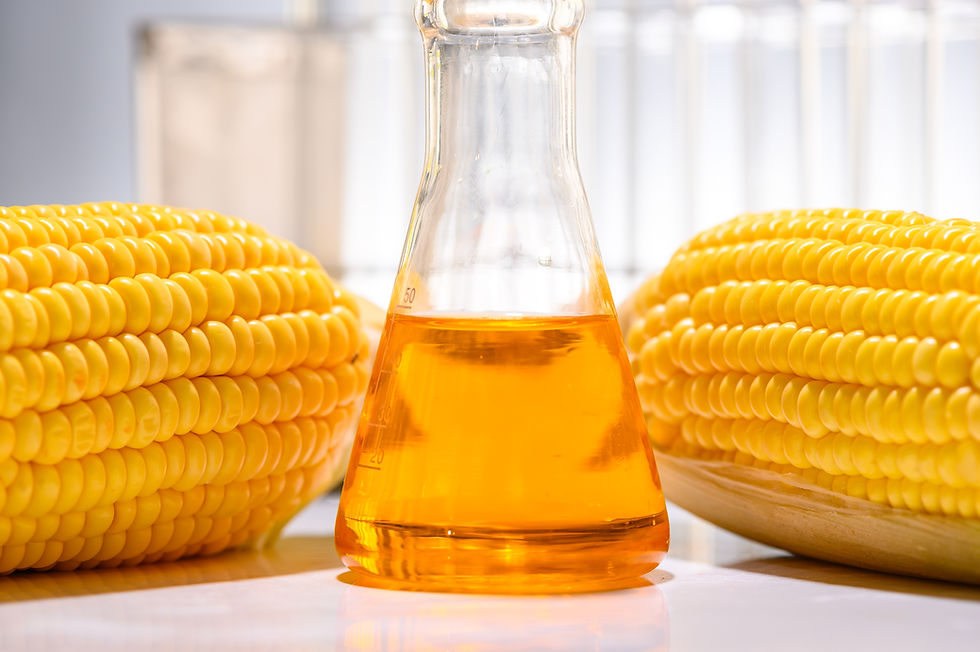Omega-3 versus Omega-6 Fatty Acids - What’s the Difference?
- Denise Scott
- Nov 16, 2022
- 2 min read
Updated: Jun 28, 2023
You hear a lot these days about PUFAs - polyunsaturated fatty acids, specifically omega-3 and omega-6 fatty acids. These two PUFAs are essential fatty acids, meaning our bodies do not make these, we have to get them through our diet.
How do we do this?
What are the differences?
Is one better than the other?
I am glad you asked and will try to explain them in this article!

Sources of Omega-3 Fatty Acids
Omega-3 fatty acids, also called alpha-linolenic acid (ALA) can be synthesized further into two other omega-3 acids:
EPA = eicosapentaenoic acid: aids in the immune system and
DHA = docosahexaenoic acid: critical for brain development and cognitive function
This conversion is very limited so best to get these in our diet.
ALA is found in plant and seed oils such as walnut, flaxseed, rapeseed, and canola. Additional sources include walnuts, chia seeds, flaxseeds, hemp seeds and brussels sprouts.
EPA and DHA are found in oily fish such as salmon, trout, mackerel, tuna, and herring.
Omega-3s are beneficial for heart health and can reduce cholesterol and triglyceride levels. They are also considered anti-inflammatory; research suggests they can reduce the risk of autoimmune and inflammatory diseases. Some studies have revealed they may contribute to a lower risk of Alzheimer’s disease and reduce dementia. Some studies have also suggested that omega-3s can be beneficial for those with ADHD in reducing symptoms and improving attention span.
Omega-6 fatty acids, known as linoleic acid, are also found in plant and seed oils.
While omega-3 fatty acids are considered anti-inflammatory, too much omega-6 fatty acids can be pro-inflammatory, in other words, cause inflammation. These fatty acids are found in vegetable and seed oils, especially soybean, sunflower, corn, and cottonseed. Soybean and corn oils are present in numerous processed foods.
Suggestions for decreasing the amount of omega-6s and increasing omega-3s in your and your child’s diet:

Variety of Cooking Oils
1. Change cooking oils to those high in omega-3s such as olive, canola, walnut, flaxseed, sesame seed, and avocado.
Avocado, canola, and safflower oils are best for high heat cooking. Canola oil is highly processed and best used sparingly,
Olive and sesame seed oils are better for moderate heat (up to 350 degrees).
Walnut, flaxseed, and olive oils are best for cold preparations such as salad dressings.
2. Choose grass-fed over grain-fed meats; meat from grass-fed has higher omega-3s than grain-fed. Animals fed with corn and soy have higher concentrations of omega-6s.
3. Opt for eggs that come from pastured chickens or those that are omega-3 enriched.
4. Reduce consumption of ultra-processed foods.
5. Eat seafood twice a week, especially fatty fish.
6. Add ground flaxseeds, hemp seeds, or chia seeds to yogurt, smoothies and recipes.
7. Add nuts to salads, snacks, and side dishes (no whole nuts under age 4; nut butter is fine after 6 months).
8. Read labels to avoid corn syrup, high-fructose corn syrup, and corn and soybean oils.
9. Decrease intake of fast foods and deep fried foods.
10. Instead of using dressings, margarine, and mayonnaise, make your own salad dressing with olive oil and try mashed avocado, pesto, or hummus for sandwiches.
Fats should make up about 30% of your child's diet. Focusing on healthy, polyunsaturated fats and increasing omega-3 consumption can be health insurance for the future!






Comments